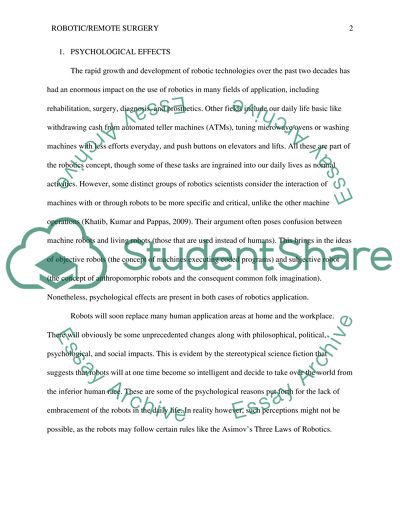Cite this document
(“Psychological and economical effects of Robotic/Remote Surgery Research Paper”, n.d.)
Retrieved from https://studentshare.org/information-technology/1394866-psychological-and-economical-effects-of-robotic
Retrieved from https://studentshare.org/information-technology/1394866-psychological-and-economical-effects-of-robotic
(Psychological and Economical Effects of Robotic/Remote Surgery Research Paper)
https://studentshare.org/information-technology/1394866-psychological-and-economical-effects-of-robotic.
https://studentshare.org/information-technology/1394866-psychological-and-economical-effects-of-robotic.
“Psychological and Economical Effects of Robotic/Remote Surgery Research Paper”, n.d. https://studentshare.org/information-technology/1394866-psychological-and-economical-effects-of-robotic.


